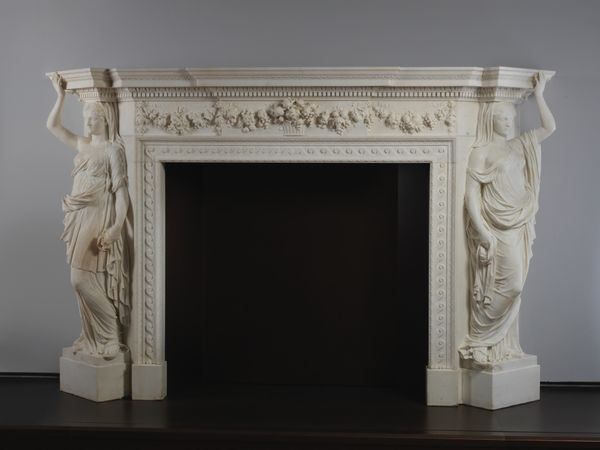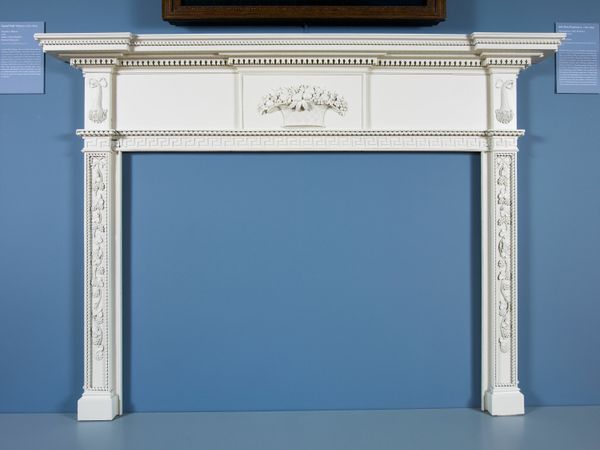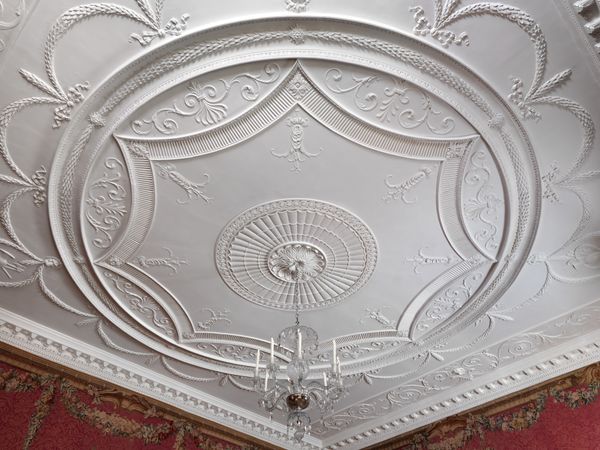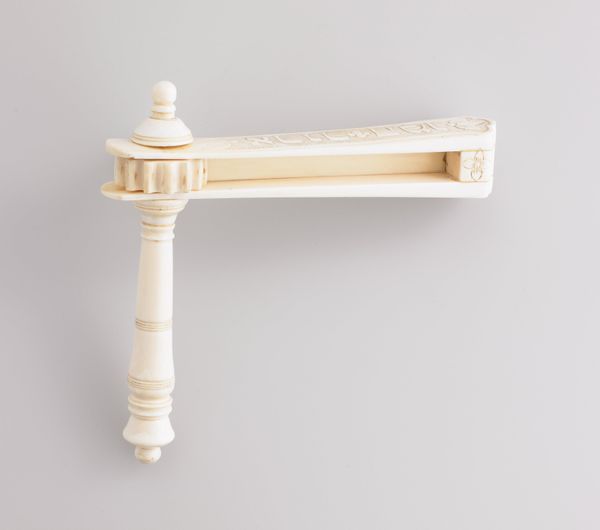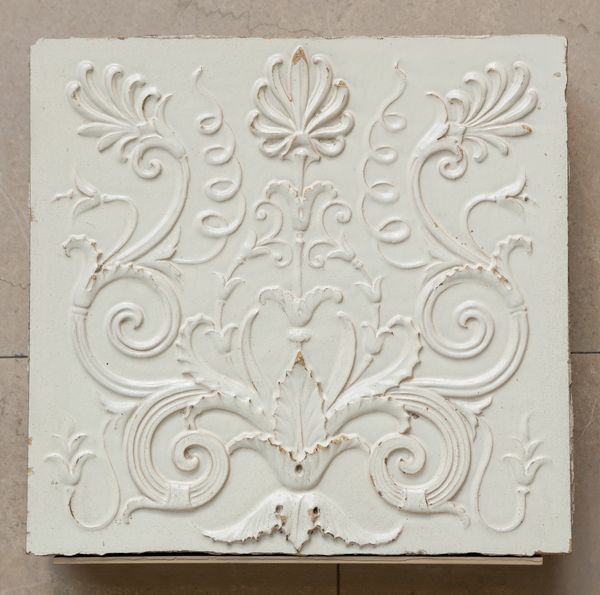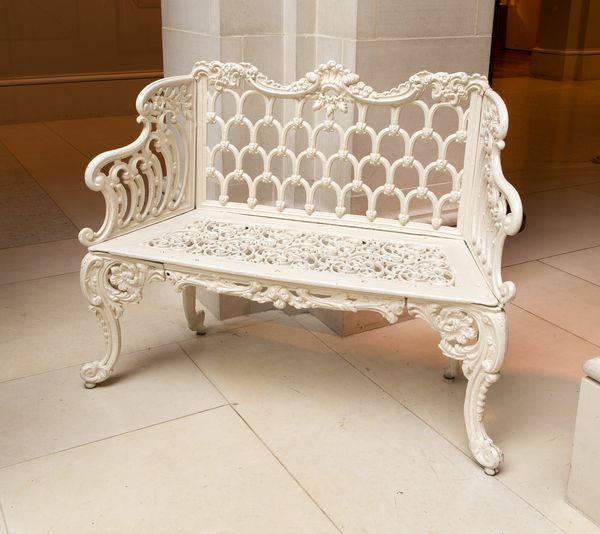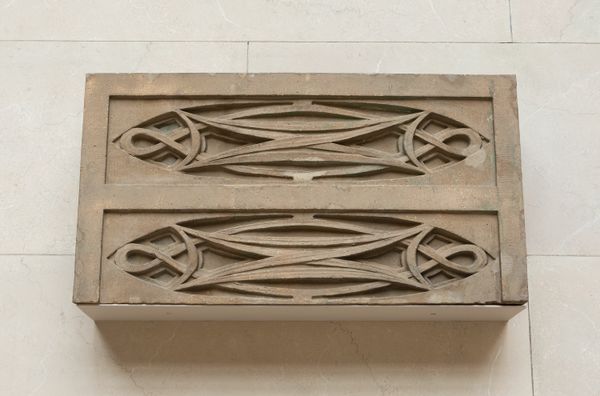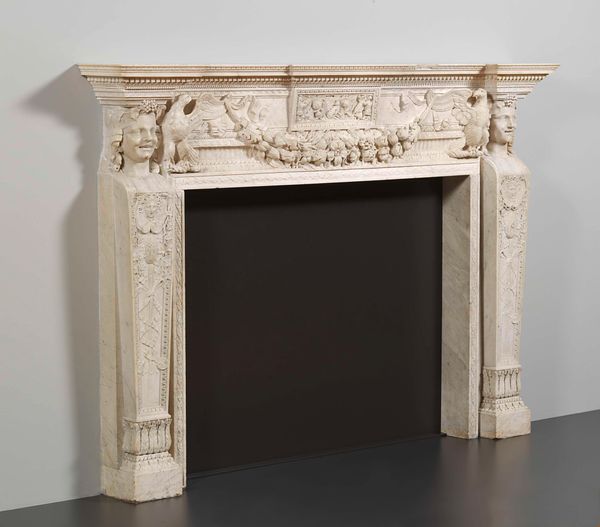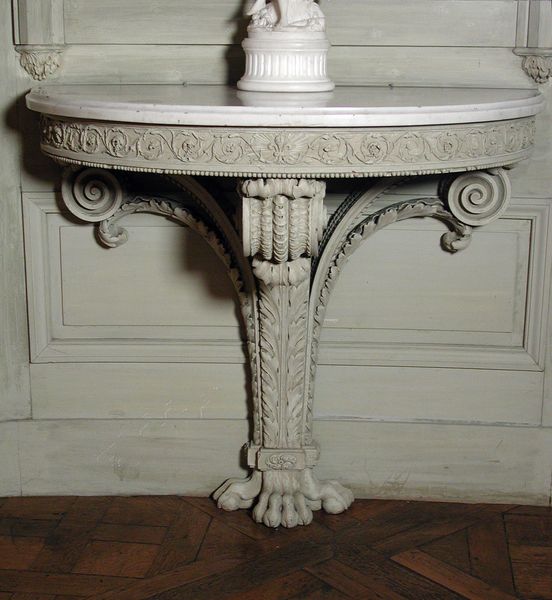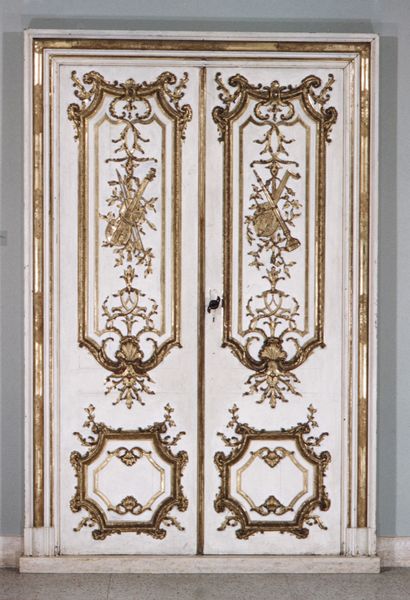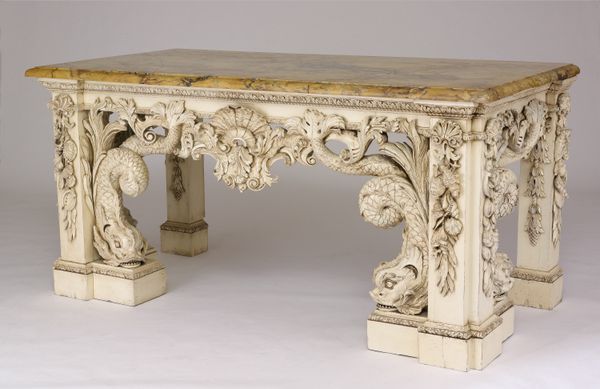
sculpture, marble, architecture
#
sculpture
#
form
#
sculpture
#
decorative-art
#
marble
#
architecture
Dimensions: 32 × 107 × 39 cm
Copyright: Public Domain
Curator: Let’s discuss this "Winston Block: Corbel" dating back to 1872. It was crafted by Frederick H. Baumann. It's a marble sculpture that lives here at the Art Institute of Chicago. Editor: Oh, that's striking! So clean, like solidified frosting, and incredibly ornate. It gives me this strange impression of lightness despite clearly being solid and immovable. Curator: Baumann was an architect active in Chicago. Corbel designs like these are functional but tell a broader story about the reconstruction era and the rebuilding of urban identities through architecture and design. This corbel showcases the rising interest in decorative arts to elevate the quality of life in industrial America. Editor: Definitely a commentary on value there. And look at the labor, all that intricate carving... I wonder about the artisan involved. How much autonomy did they have in shaping Baumann's design, or were they simply executing a pre-ordained plan? Were the workers immigrants bringing different craft knowledge with them? Curator: Those are key questions. Architectural ornament was often left to skilled artisans; immigrant communities undoubtedly shaped the styles. It represented civic ambition. Beaux-Arts classicism became associated with progress and civilization, mirroring the political climate's values. Editor: All those swirls and leaf patterns... it's quite a bit to unpack when thinking about who got to participate in this new, modern life, too. Curator: Right, access was often tied to wealth and class. Works like this were on banks, city halls and mansions. The building signaled stability. Yet the actual production might have relied on underpaid workers or newly arrived populations. Editor: That interplay of visibility and exploitation gets at something essential about this era. By analyzing the means of producing even a small piece like this corbel, we get insight into the material and social forces. Curator: Exactly. These architectural fragments invite us to analyze power relations that helped construct American society. Editor: A decorative piece full of meaning! Curator: Absolutely, every little detail tells a tale of an era.
Comments
No comments
Be the first to comment and join the conversation on the ultimate creative platform.

